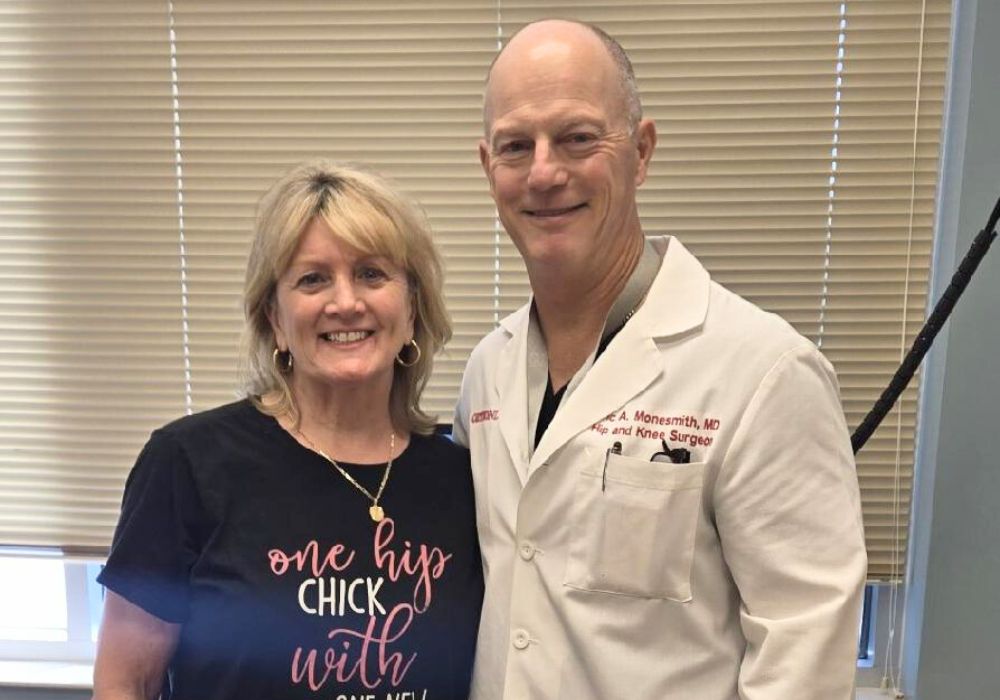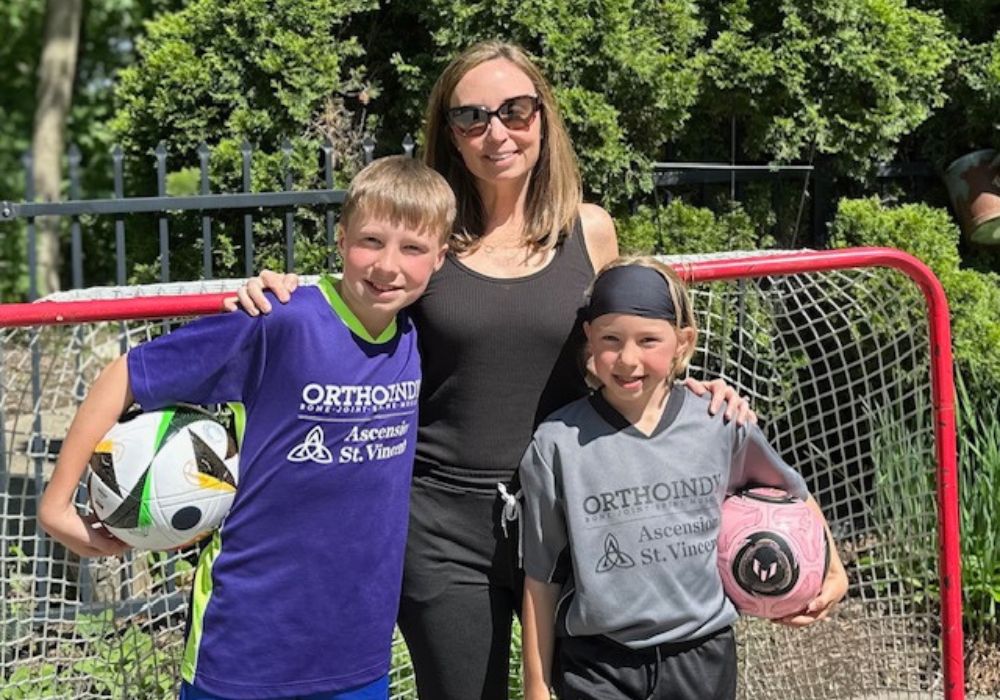In babies and children with developmental dysplasia of the hip (DDH), the hip joint has not formed normally. The ball is loose in the socket and may be easy to dislocate.
Anatomy
The hip is your body’s largest weight-bearing joint and is also called a ball-and-socket joint. The ball is the upper end of the thighbone (or femur), which fits into the socket (or acetabulum) at your pelvis. The acetabulum is ringed by strong fibrocartilage called the labrum. The labrum forms around the socket and creates a seal to provide stability to the joint.
Developmental hip dysplasia is when the socket is shallow and the ball of the thighbone cannot firmly fit into the socket. Sometimes the ligaments that help to hold the joint in place are stretched.
Types of hip instability
- Dislocated: The head of the femur is completely out of the socket. This is the most severe case of DDH.
- Dislocatable: The head of the femur is within the socket but can easily be pushed out of the socket.
- Subluxatable: The head of the femur is simply loose in the socket and can be moved within the socket but will not dislocate. This is a mild case of DDH.
What is the cause of developmental dysplasia of the hip?
Developmental hip dysplasia tends to be hereditary and is most often present at birth, but can develop during a child’s first year. It is most common in:
- First-born children
- Babies born in the breech position
- Girls
- The left hip
What are the symptoms of developmental dysplasia of the hip?
Usually babies born with DDH have no symptoms as it is usually not painful. However, there are subtle signs that should alert you to contact your physician.
- Different length legs
- Uneven skin folds on the thigh
- Less flexibility or mobility on one side
- Limping or toe walking
Physician examination
An orthopedic pediatric physician will ask for a complete medical history, ask questions about the child’s signs and conduct a physical examination.
OrthoIndy has two orthopedic surgeons who specialize in pediatric hip conditions.
How do you treat developmental dysplasia of the hip?
If DDH is detected at birth, it can usually be corrected nonsurgically with the use of a harness or brace. However, if the condition is not noticed until the child begins walking, treatment is more complicated.
The treatment can range from putting the hip back in place under anesthesia and using a cast to surgery, which could include addressing the top portion of the femur, addressing the socket, opening the hip joint and tightening the thick capsule surrounding the joint or a combination of any of those procedures.
How do you recover from developmental dysplasia of the hip?
In most cases, if diagnosed early and treated successfully, children with developmental hip dysplasia will grow into adulthood without further hip problems. However, sometimes hip deformity and osteoarthritis may develop later in life.
Learn more about pediatric orthopedic care at OrthoIndy.
Schedule an appointment
Your well-being is important to us. Click the button below or call us to schedule an appointment with one of our orthopedic specialists. If your injury or condition is recent, you can walk right into one of our OrthoIndy Urgent Care locations for immediate care. For rehabilitation and physical therapy, no referral is needed to see one of our physical therapists.





